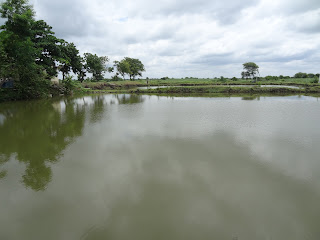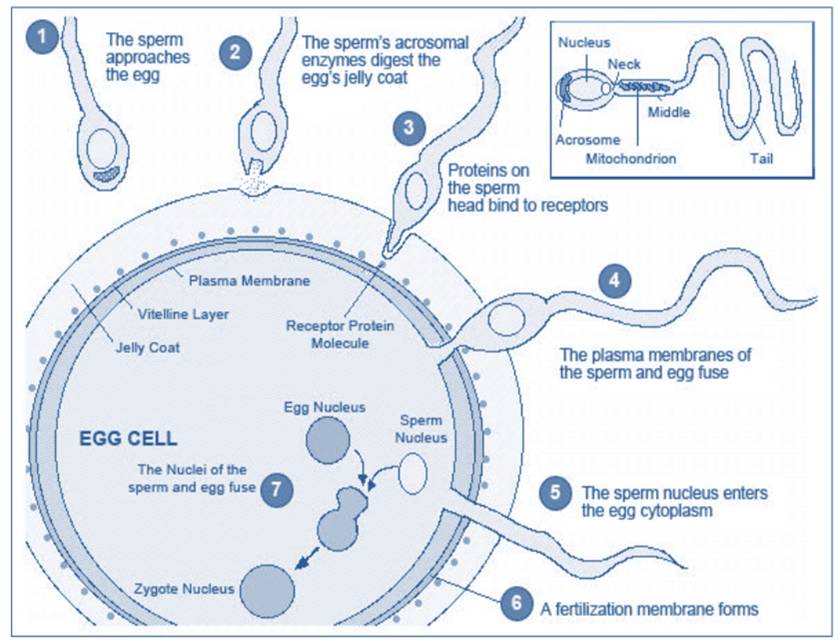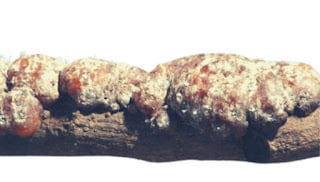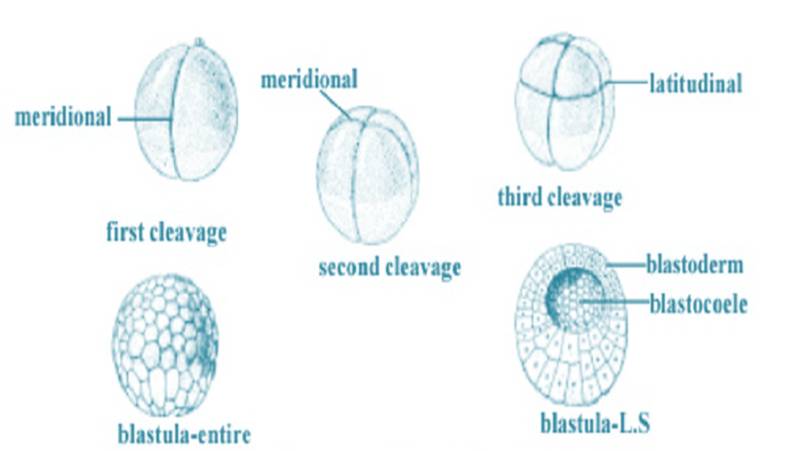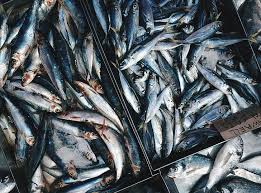Mackerel Fishery (Rastrelliger kanagurta): The mackerel fishery is one of the most important fisheries in the world. Mackerel are a popular food fish in many countries, and they are also a valuable source of omega-3 fatty acids.
Mackerel Fishery (Rastrelliger kanagurta)
Mackerel fishery is a common name applied to the number of fish species belonging to the family Scombridae. The mackerels fishery is a pelagic fishery. Mackerel fishery is the second position after oil sardines as a commercial group contributing high tonnage per year in India. They are occurs all along the coasts (east and west) of India. It contributes about 20% of the total marine catches of the country. Most of the mackerel fisheries (98%) are restricted to the western coastline and some of it exists on the eastern coast, chiefly along the Tamilnadu, Andhra and Orissa coast. Mackerel fisheries consisting of three species- Rastrelliger kanagurta distributed in the inshore waters, R. brachysoma represented from the waters around Andaman Island and R. faughni from the coastal water of Chennai. It is found all along the coastal zone of India excepting the northern part of the west coast. The most important mackerel fishery is restricted between Quilon and Ratnagiri.
The mackerel fishery is one of the most important commercial fisheries in the world. Mackerel are a popular food fish and are also used to make fishmeal and fish oil. Mackerel are found in all of the world’s oceans and are typically caught using purse seines and trawls. Purse seines are large nets that are used to encircle schools of fish. Trawls are nets that are dragged behind boats. Mackerel are a relatively fast-growing fish and can reach maturity in just a few years. However, they are also a short-lived fish and have a lifespan of only 10-15 years.
Mackerel are an important part of the marine ecosystem. They play a role in the food chain and help to control populations of other fish. Mackerel are a healthy food source. They are low in calories and fat and are a good source of protein and omega-3 fatty acids. The mackerel fishery provides jobs and income for millions of people around the world.
Rastrelliger kanagurta
- It is a tasty food fish. Length ranges from 20-30 cm and weight about 80-90 grammas.
- It feeds on both zooplankton and phytoplankton.
- It is found all along the coast of India, excepting the northern part of the west coast.
- The fishing season on west coast from October to February even up to March depends upon monsoon and availability of planktons in the coastal waters & on east coast the catches are periodic.
- It has great economic importance because the Govt. of India has established a research station at Karwar (Maharashtra) for the intensive study of biology of the Indian Mackerel.
 |
| Rastrelliger kanagurta |
Commercial use of Mackerels
- It is an excellent food fish, particularly when fresh.
- Mackerel can be eaten fresh, frozen, canned, or smoked. They are often used in fish cakes, fish balls, and other processed seafood products.
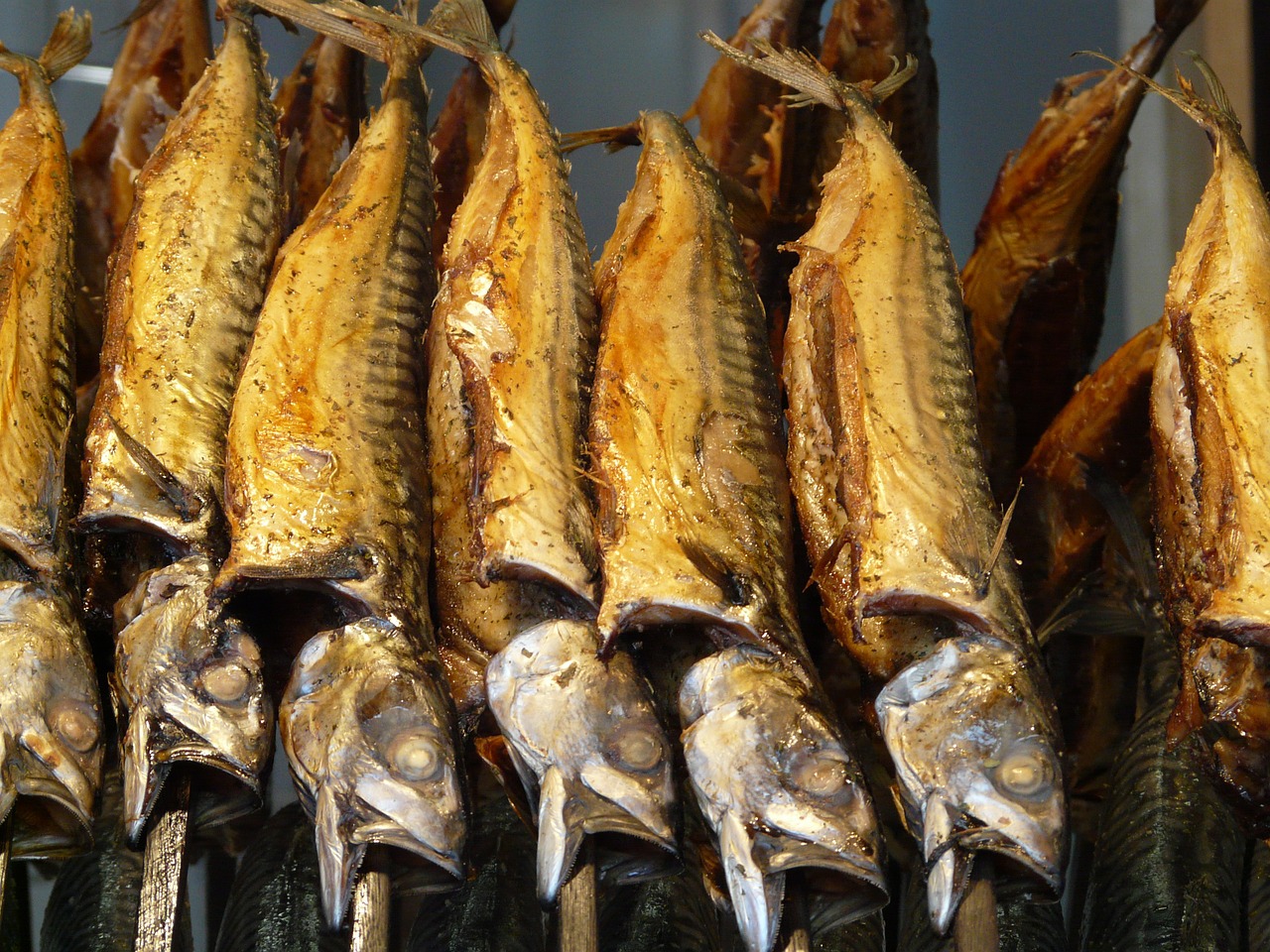
- A large percentage of catch is preserved in ice and transported to various inland towns and cities by train or truck.
- It is estimated that about 60 % are salt cured or pickled of which certain percentage is consumed in the country, while the balance is exported to nearby countries like Srilanka.
- When the catch is very abundant, the surplus is converted into manure.
Fishing of Mackerels
Mackerel are typically caught using trawls, gillnets, and purse seines. They are often caught as bycatch in other fisheries, such as tuna fisheries. The gears chiefly used for mackerel fishery are the gill nets, locally called patta-valla and a modified seine net for larger catches called Rampani. The Rampani net is very efficient in catching large shoals of mackerels in inshore waters, which is operated by 80 peoples.

